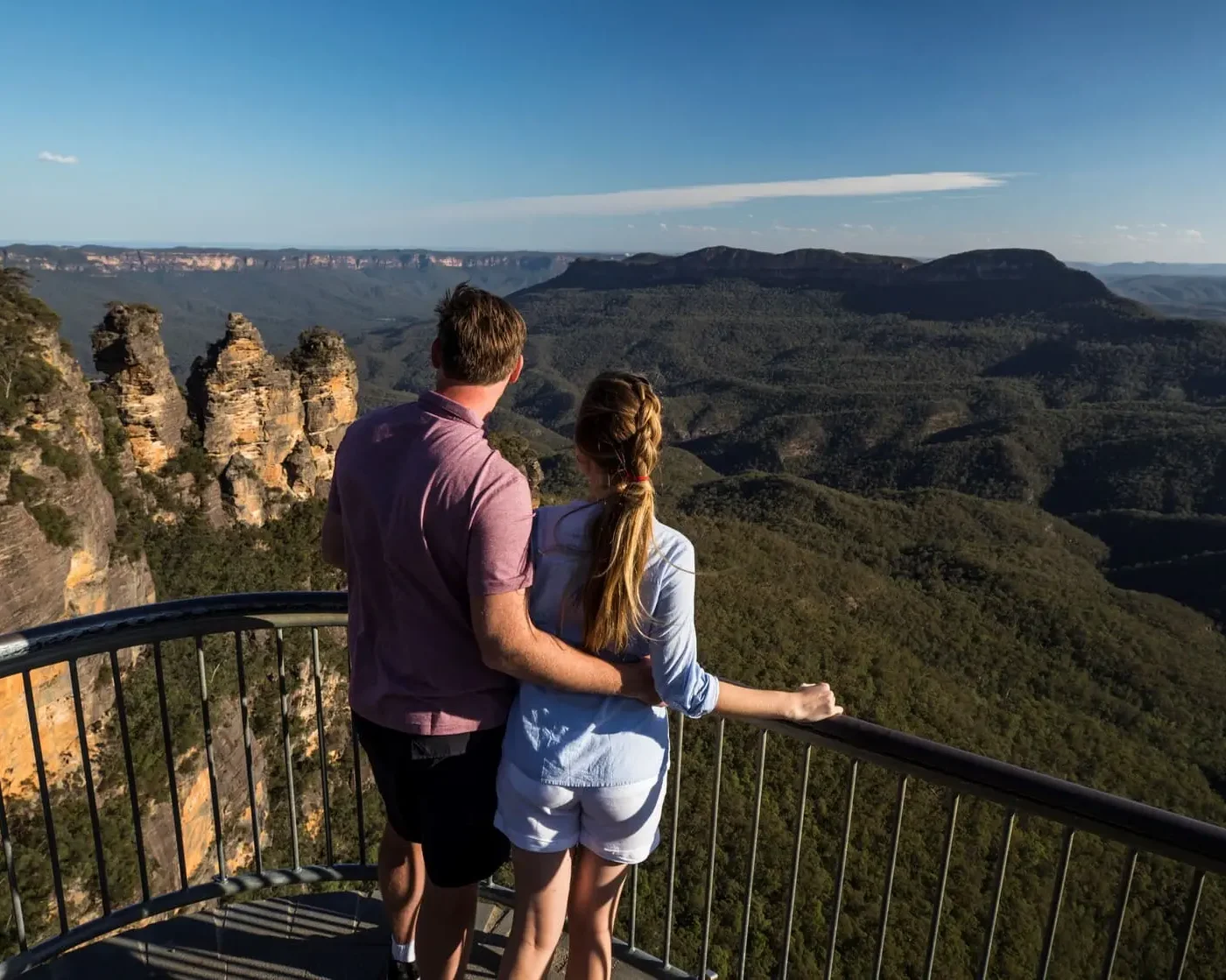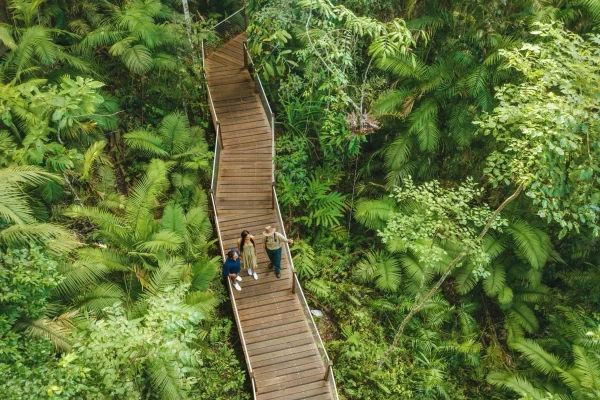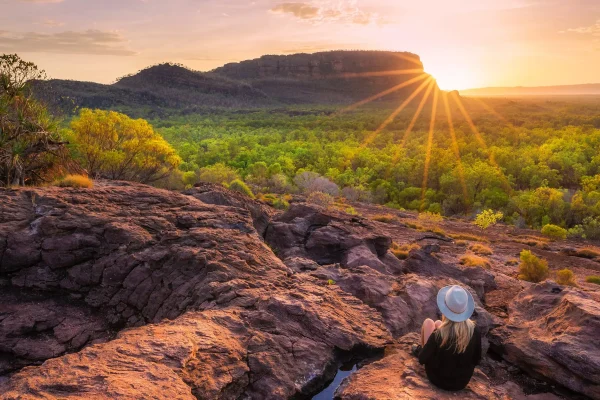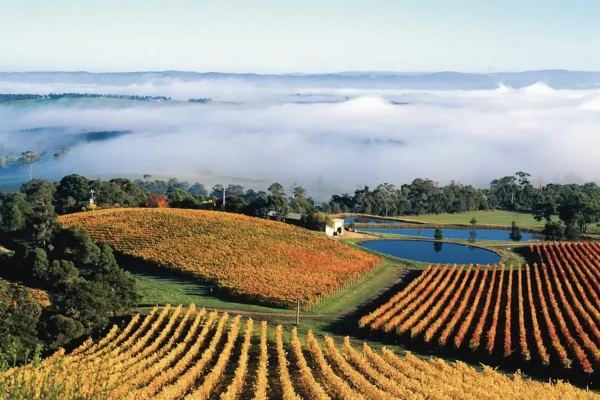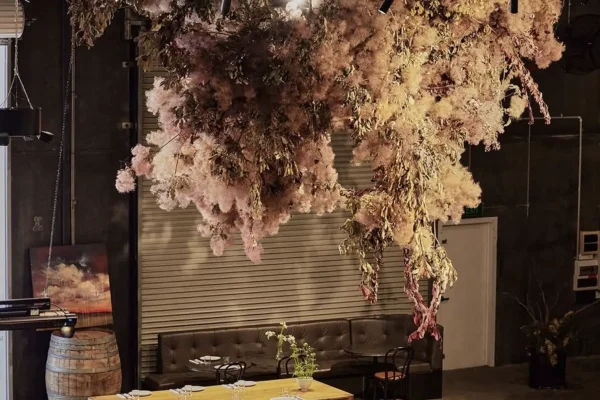Travel 50 km west of Sydney to reach the mystical Blue Mountains. Its fresh air, water, and natural surroundings are a balm to the weary s, making it magical. Well, one feels the magic when drowned by the fascinating charm and allure of the ancient mountain ranges naturally formed through millions of years of weathering and water flow.
The verdant vegetation of the Greater Blue Mountains Area was included in the citation of UNESCO when it listed the region as a World Heritage Area on 29 November 2000. The national park is home to hundreds of different plant species of which, many of which are endemic to the region. Its forests, grasslands, swamps, and waterways also host diverse native wildlife.
Comprised of rugged mountainous terrains, canyons, plateaus, escarpments, rock formations, and valleys, the Blue Mountains appeared to be blanketed by a blue haze that has puzzled the visitors both in the past and the present.

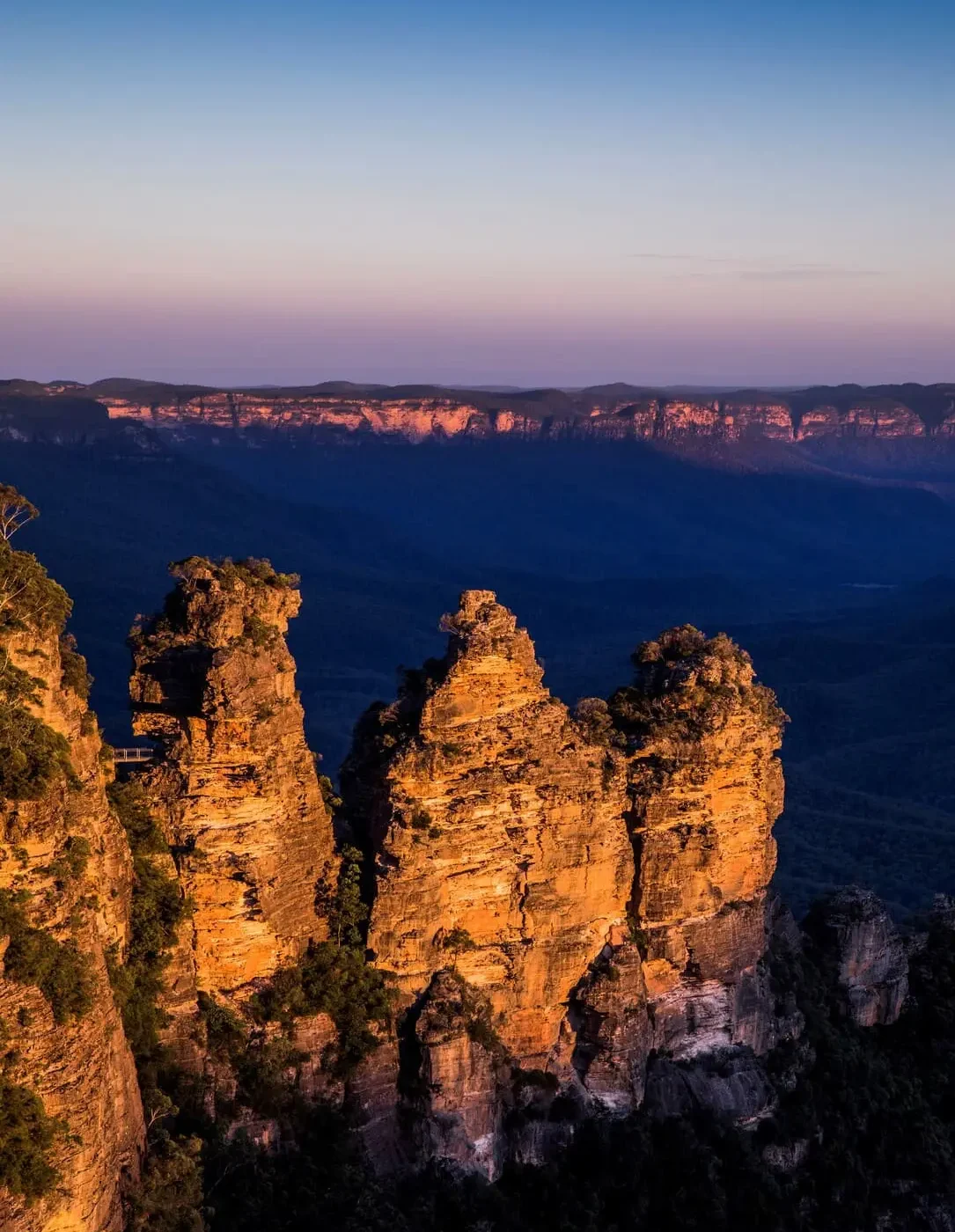
Rayleigh scattering is an optical phenomenon where we see a haze surrounding a distant object, the cause of which is the light rays impinging on the scattered small particles in the atmosphere. These particles are in the form of oil, water droplets, air molecules, and dust. As the sunlight hits these particles, the light rays reflect crea, ting an optical illusion, allowing our eyes to see the bluish hue.
As in the Blue Mountains, where it is covered by gums and eucalyptus forests, organically oil-emitting vegetation, the scattering phenomenon becomes more effective. Thus, the azure colour, a sapphire, transparent blue haze appearance covering the hills of Carmarthen and Lansdowne, the old names of the mountains. It was Arthur Phillip who named the hills in 1788. But today, the term “Blue Mountains” remained due to its mystical hue. And it will be its name in the years to come as in the past.
Explore the Blue Mountains with Autopia Tours. We visit the rolling hills of Katoomba to see the iconic Three Sisters near Echo Point. We get the panoramic vista of the picturesque Jamison Valley above ground via the Scenic Skyway and Scenic Cableway. The spectacular views of the Katoomba Falls, Orphan Rock, Mount Solitary, and Narrow Neck Plateau are worth every penny spent on the ride.
We also do some nature walks and explore the impressive waterfall of Wentworth Falls or refresh in the calm waters of Paradise Pools. There’s an option to visit the quaint town of Blackheath to see Govetts Leap Falls, which drops into Grose Valley, accenting its beautiful landscape.
We can learn more about the Blue Mountains — its flora and fauna, sandstone formations, history, and early settlements. We also get to know the ancient Aboriginal culture and heritage. There are plenty of things to do and places to explore in the region.
Our Blue Mountains Sunset Tour is designed to avoid the crowds and the traffic of tourists during peak hours, maximizing your time to enjoy the stunning views, magical hues, and natural scenery of the Blue Mountains.
